Algo based Trading – How to calculate your Trading cost by Lokesh Madan.
 Core Components of Trading Costs
Core Components of Trading Costs
Brokerage Cost: This is the most explicit of the costs that any investor pays but it is usually the smallest component.( Exchange fee + taxes + Broker fee i.e 250 per cr mcx + 1000 per Cr sell mcx + broker fee depends upon volume).
Bid-Ask Spread: The spread between the price at which you can buy an asset (the dealer’s ask price) and the price at which you can sell the same asset at the same point in time (the dealer’s bid price).
Price Impact: The price impact that an investor can create by trading on an asset, pushing the price up when buying the asset and pushing it down while selling.
Opportunity Cost: There is the opportunity cost associated with waiting to trade. While being a patient trader may reduce the previous two components of trading cost, the waiting can cost profits both on trades that are made and in terms of trades that would have been profitable if made instantaneously but which became unprofitable as a result of the waiting.( Day Trading Or carry Forward charges).
Simple Evidence of a Trading Cost.
Active money managers trade because they believe that there is profit in trading, and the return to any active money manager has three ingredients to it:
Return on active money manager = Expected ReturnRisk + Return from active trading – Trading costs
The average active money manager makes about 1% less than the market. If we assume that the return to active trading is zero across all active money managers, the trading costs have to be roughly 1%. If we believe that there is a payoff to active trading, the trading costs must be much higher.
Why is there a bid-ask spread?!
In most markets, there is a dealer or market maker who sets the bidask spread, and there are three types of costs that the dealer faces that the spread is designed to cover.
• The first is the risk cost of holding inventory;
• the second is the cost of processing orders and
• the final cost is the cost of trading with more informed investors.
The spread has to be large enough to cover these costs and yield a reasonable profit to the market maker on his or her investment in the profession.
Factors determining the bid-ask spread!
1. Liquidity: More liquid Asset have lower bid-ask spreads.( If you see Higher volume in any asset means lower Bid-Ask Spread.)
2. Ownership structure: Assets with increases in institutional activity ( FII& DII ) report higher bid-ask spreads (perhaps because institutional investors tend to be more likely to be informed?)
3. Riskiness: Riskier Assets tend to have higher bid-ask spreads (i.e Silver ).
4. Price level: The spread as a percent of the price increases as price levels decrease.
5. Information transparency & corporate governance: Bid-ask spreads tend to increase as information becomes more opaque (less transparent) and as corporate governance gets weaker.
6. Market microstructure: The exchange on which an asset is traded can affect bid-ask spreads as does the mode of trading: electronic versus floor trading, for instance.
More on variation in spreads across All Assets Claases.
Price level: Lower priced Assets have substantially higher spreads (as a percent of asset price) ( Or High Beta assets or assets those are popular between market makers i.e Unitech & SBI ) than higher priced assets. In studies of bid ask spreads around stock splits, the spread as a percent of the stock price just before and after stock splits, the spread cost (as a percent of the stock price) increases significantly after stock splits.
Trading volume: A study found that the stocks in the top 20% in terms of trading volume had an average spread of only 0.62% of the price while the stocks in the bottom 20% had a spread of 2.06%.
Ownership structure: As insider holdings increase, as a percent of total stock outstanding, bid ask spreads increase, reflecting lower liquidity (since insiders don’t trade their holdings as frequently) and a fear that insiders may know more about the company than other investors (information asymmetry).
More Evidence of Bid-Ask Spreads!
The spreads in Indian government securities ( Low on Beta – NTPC ) are much lower than the spreads on Private Listed traded stocks in the India ( High Beta – Reliance ). For instance, the typical bid-ask spread on a Govt Owned stock is less than 0.1% of the price.
The spreads on corporate Stocks ( Reliance , TATA ) tend to be larger than the spreads on government Stocks, with safer (higher rated) and more liquid corporate Stocks having lower spreads than riskier (lower rated) and less liquid corporate Stocks.
While the spreads in the traded commodity markets are similar to those in the financial asset markets, the spreads in other real asset markets (real estate, art…) tend to be much larger.
Role of Spread in Investment Strategies
Strategies that involve investing in small-cap stocks or low-prices stocks will be affected disproportionately by the costs created by bidask spreads.
As an example, consider the strategy of buying on down time ( when you see Index of market is less 5% in week .But it must kept in mind no finanical loss is their in that corporate for which stock you are going to buy” i.e FT ( NSEL problem) Index is down in august FT is life time down but there is big problem with management for NSEL so do not take this stock.We are going to present evidence that a strategy of buying the stocks
which have the most negative returns over the previous many years and holding for a five-year period earns significant excess returns. A follow-up study, however, noted that many of these “losers” were low-priced stocks, and that putting in a constraint that the prices be greater than 100 Rs on this strategy resulted in a significant drop in the excess returns.
Why is there a price impact?!
The first is that markets are not completely liquid. A large trade can create an imbalance between buy and sell orders, and the only way in which this imbalance can be resolved is with a price change. This price change, that arises from lack of liquidity, will generally be temporary and will be reversed as liquidity returns to the market.
The second reason for the price impact is informational. A large trade attracts the attention of other investors in that asset market because if might be motivated by new information that the trader possesses. This price effect will generally not be temporary, especially when we look at a large number of stocks where such large trades are made. While investors are likely to be wrong a fair proportion of the time on the informational value of large block trades, there is reason to believe that they will be right almost as often.
Limitations of the Block Trades
These and similar studies suffer from a sampling bias – they tend to look at large block trades in liquid stocks / Futures & options on the exchange floor or electronic trading– they also suffer from another selection bias, insofar as they look only at actual executions.
The true cost of market impact arises from those trades that would have been done in the absence of a market impact but were not because of the perception that it would be large.
Determinants of Price Impact
Looking at the evidence, the variables that determine that price impact of trading seem to be the same variables that drive the bid-ask spread. That should not be surprising. The price impact and the bid-ask spread are both a function of the liquidity of the market. The inventory costs and adverse selection problems are likely to be largest for stocks where small trades can move the market significantly.
In many real asset markets, the difference between the price at which one can buy the asset and the price at which one can sell, at the same point in time, is a reflection of both the bid-ask spread and the expected price impact of the trade on the asset. Not surprisingly, this difference can be very large in markets where trading is infrequent; in the collectibles market, this cost can amount to more than 20% of the value of the asset.
Impact on Investment Strategy
The fact that assets which have high bid-ask spreads also tend to be assets where trading can have a significant price impact makes it even more critical that we examine investment strategies that focus disproportionately in these assets with skepticism.
Since you can reduce the price impact of trades by breaking them up into smaller trades, the price impact cost is likely to be greatest for investment strategies that require instantaneous trading.
The price impact effect also will come into play when a small portfolio manager, hitherto successful with an investment strategy, tries to scale up the strategy
The Cost of Waiting ( Carry forward Cost )
If there was no cost to waiting, even a large investor could break up trades into small lots and buy or sell large quantities without affecting the price or the spread significantly.
There is, however, a cost to waiting. In particular, the price of an asset that an investor wants to buy because he or she believes that it is undervalued may rise while the investor waits to trade, and this, in turn, can lead to one of two consequences.
• One is that the investor does eventually buy, but at a much higher price, reducing expected profits from the investment.
• The other is that the price rises so much that the asset is no longer under valued and the investor does not trade at all. A similar calculus applies when an investor wants to sell an asset that he or she thinks is overvalued.
Determinants of the Cost of Waiting
Is the valuation assessment based upon private information or is based upon public information? Private information tends to have a short shelf life in financial markets, and the risks of sitting on private information are much greater than the risks of waiting when the valuation assessment is based upon public information.
How active is the market for information? The risks of waiting, when one has valuable information, is much greater in markets where there are other investors actively searching for the same information.
How long term or short term is the strategy? Short term strategies will be affected more by the cost of waiting than long term strategies.
Is the investment strategy a “contrarian” or “momentum” strategy? In a contrarian strategy, where investors are investing against the prevailing tide, the cost of waiting is likely to be smaller than in a momentum strategy.
Trading costs on real assets
The smallest transactions costs are associated with commodities – gold, silver or diamonds – since they tend to come in standardized units.
With residential real estate, the commission that you have to pay a real estate broker or salesperson can be 5-6% of the value of the asset.
With commercial real estate, it may be smaller for larger transactions.
With fine art or collectibles, the commissions become even higher.
The costs tend to be higher because:
• There are far fewer intermediaries in real asset businesses than there are in the stock or bond markets
• The products are not standardized. In other words, one Picasso can be very different from another, and you often need the help of experts to judge value and arrange transactions. This adds to the cost in the process.
Trading costs on private equity/businesses
1. Liquidity of assets owned by the firm: A private firm with significant holdings of cash and marketable securities should have a lower illiquidity costs than one with assets for which there are relatively few buyers.
2. Financial Health and cashflows of the firm: A private firm that is financially healthy should be easier to sell than one that is not healthy.
3. Possibility of going public in the future: The greater the likelihood that a private firm can go public in the future, the lower should be the illiquidity cost.
4. Size of the Firm: If we state the illiquidity cost as a percent of the value of the firm, it should become smaller as the size of the firm increases.
The Management of Trading Costs
Step 1: Develop a coherent investment philosophy and a consistent investment strategy
The portfolio managers who pride themselves on style switching and moving from one investment philosophy to another are the ones who bear the biggest burden in terms of transactions costs, partly because style switching increases turnover and partly because it is difficult to develop a trading strategy without a consistent investment strategy.
Step 2: Estimate the cost of waiting given the investment strategy
The cost of waiting is likely to small for long-term, contrarian strategies and greater for short-term, information-based and momentum strategies.
If the cost of waiting is very high, then the objective has to be minimize this cost, which essentially translates into trading as quickly as one can, even if the other costs of trading increase as a consequence.
Step 3: Look at the alternatives available to minimize transactions costs, given the cost of waiting.
Take advantage of the alternatives to trading on the exchange floor.
Trade portfolios rather than individual stocks, when multiple orders have to be placed.
Use technology to reduce the paperwork associated with trading and to keep track of trades which have already been made.
Be prepared prior to trading on ways to control liquidity and splits between manual and electronic trading. This “pre-trade” analysis will allow traders to identify the most efficient way to make a trade.
After the trade has been executed, do a post-trade analysis, where the details of the trade are provided in addition to a market impact analysis, which lists among other information, the benchmarks that can be used to estimate the price impact.
Step 4: Stay within a portfolio size that is consistent with the investment philosophy and trading strategy that has been chosen
While it is tempting to most portfolio managers to view portfolio growth as the fruit of past success, there is a danger that arises from allowing portfolios to become too big.
How big is too big? It depends upon both the portfolio strategy that has been chosen, and the trading costs associated with that strategy.
While a long-term value investor who focuses well-known, largecapitalization stocks might be able to allow his or her portfolio to increase to almost any size, an investor in small-cap, high growth stocks or emerging market stocks may not have the same luxury, because of the trading costs we have enumerated in the earlier
Step 5: Consider whether your investment strategy is yielding returns that exceed the costs
The ultimate test of an investment strategy lies in whether it earns excess returns after transactions costs. Once an investor has gone through the first four steps, the moment of truth always arrives when the performance of the portfolio is evaluated.
If a strategy consistently delivers returns that are lower than the costs associated with implementing the strategy, the investor has one of two choices – he or she can switch to a passive investing approach (such as an index fund) or to a different active investing strategy, with higher expected returns or lower trading costs or both.
Why taxes matter ( STT or CTT mostly on sell part + stamp duty )
Investors get to spend after-tax income and not pre-tax income.
Some investment strategies expose investors to a much greater tax liability than other strategies.
To measure the efficacy of an investment strategy, we have to look at after-tax returns and not pre-tax returns.
How to manage taxes
Keep trading to a minimum: The more you trade, the higher the tax liability you will face as an investor.
Factor in taxes when buying: When investing, take into account the expected tax drag on returns. Thus, if dividends are taxed at a rate higher than capital gains, you will pay more in taxes. If you don’t need the cash from dividends, you will do better investing in stocks that deliver more price appreciation.
Factor in taxes when selling: When trading, consider the tax effects of your trades. Match losing stock sales with capital gains.
Don’t invest just to avoid taxes: Investments that are structured primarily to avoid taxes are not only often bad investments but they are more likely to be challenged by tax authorities.
If you want to start Algo based Trading – How to calculate your Trading cost.
1) Technology Cost – Colocation server cost + Hardware cost + Interactive line Cost + TBT line Cost + Colocation access link cost + Order management system cost ( ID cost )
2) Brokerage Cost – Asset class volume cost.
3) Fund cost – Day trading Fund cost or Carry forward Fund cost or some fixed cost on fund.
4) Margin on Assets classes – Futures & Options need less margin as compared to cash asset.
For Details refer : http://algotradingindia.blogspot.in/2012/10/transaction-cost-analysis-for-indian.html
Rgds
Lokesh Madan
Skype – lokesh.madan3
Related Readings and Observations
The post Algo based Trading – How to calculate your Trading cost appeared first on Marketcalls.









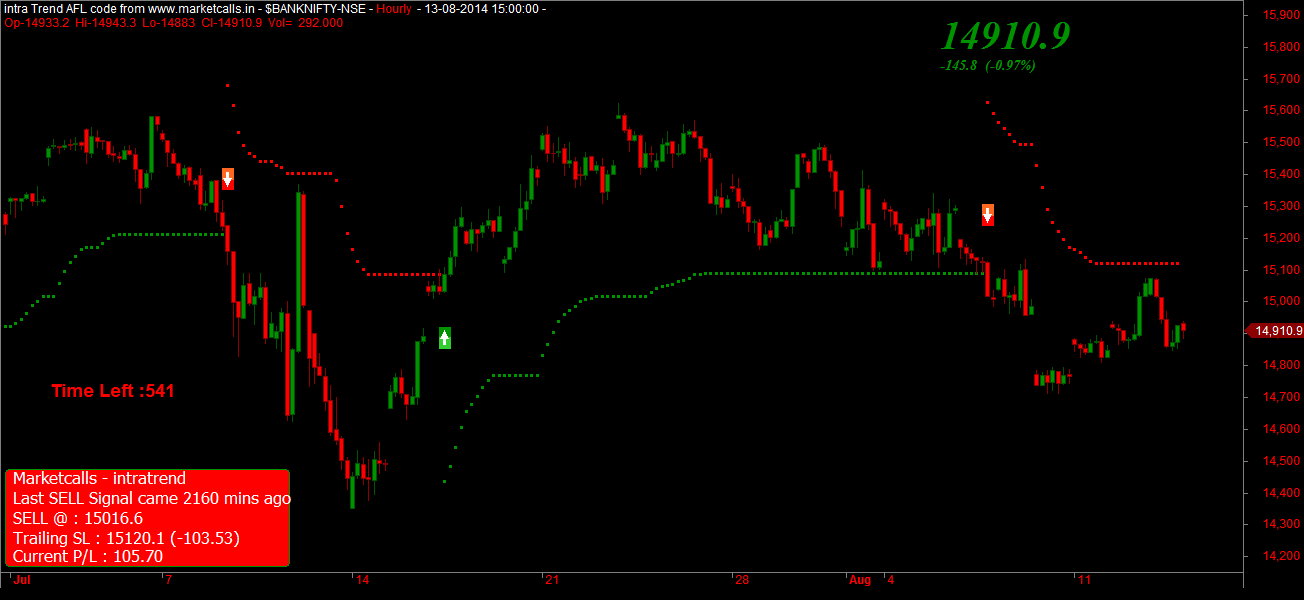




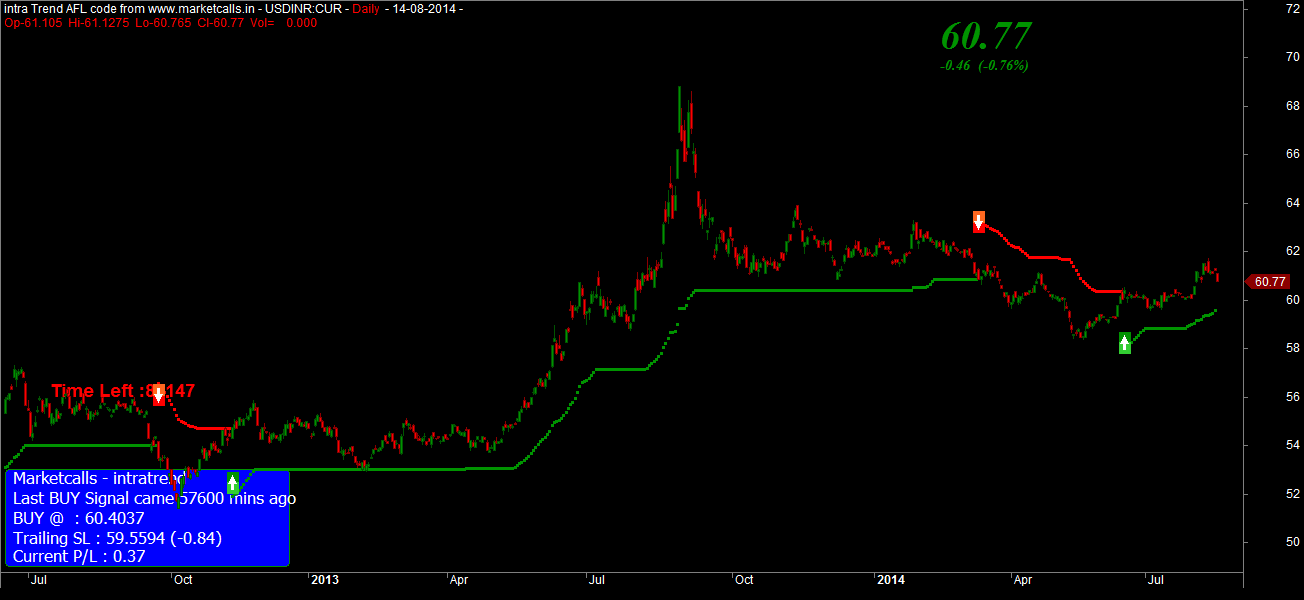
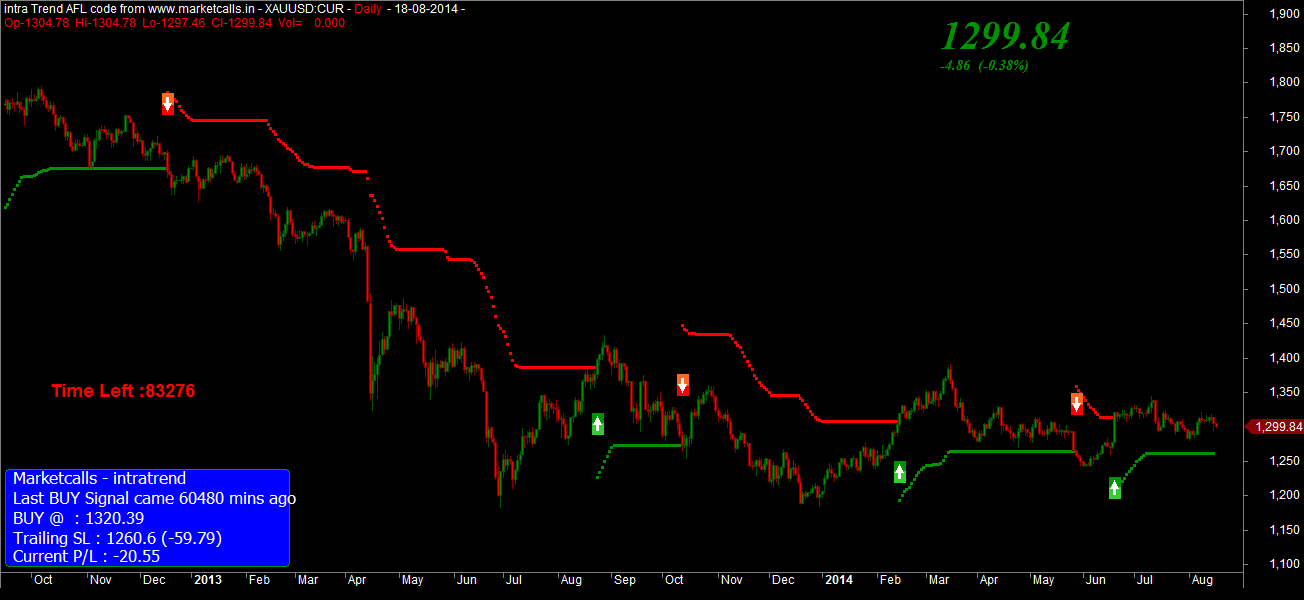
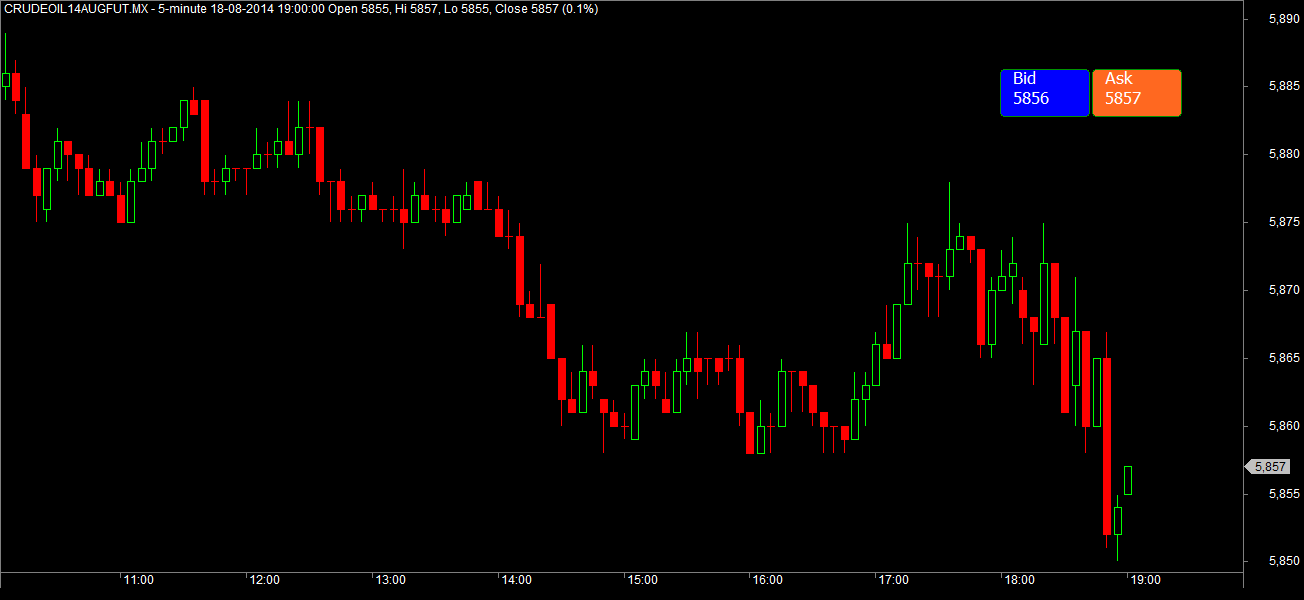
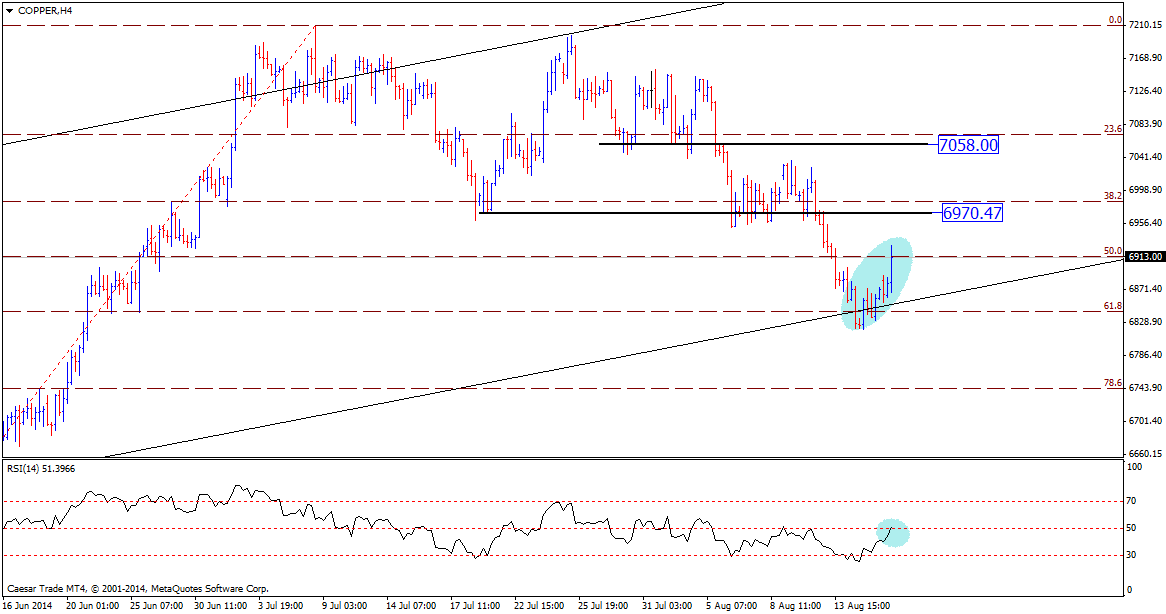
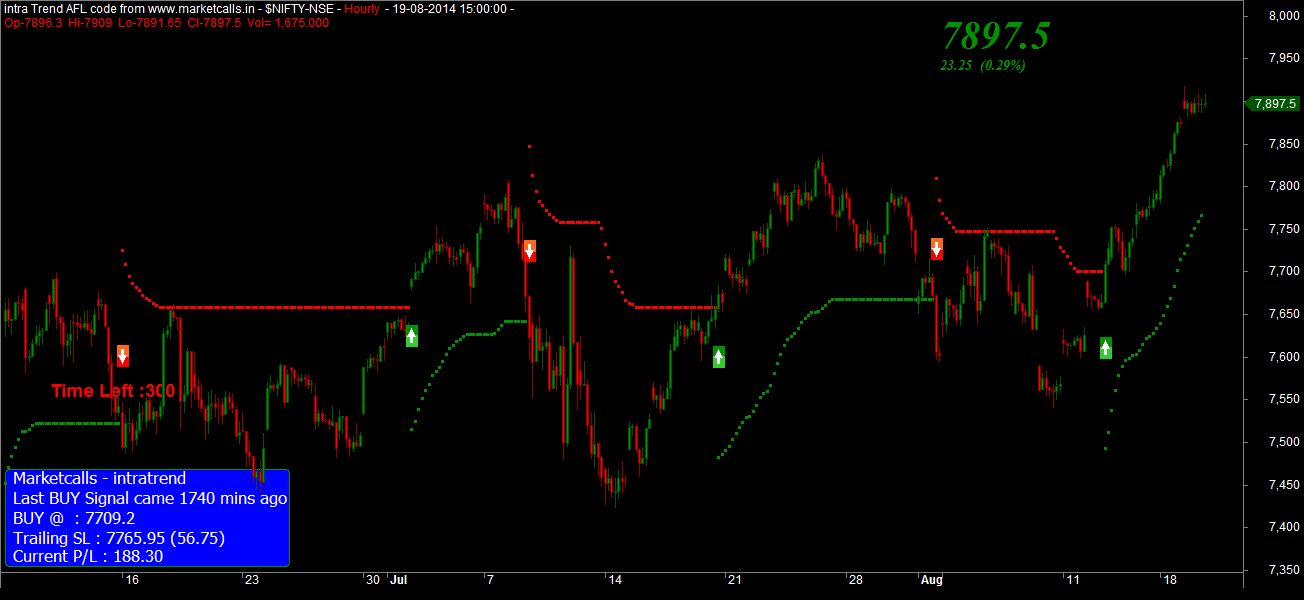
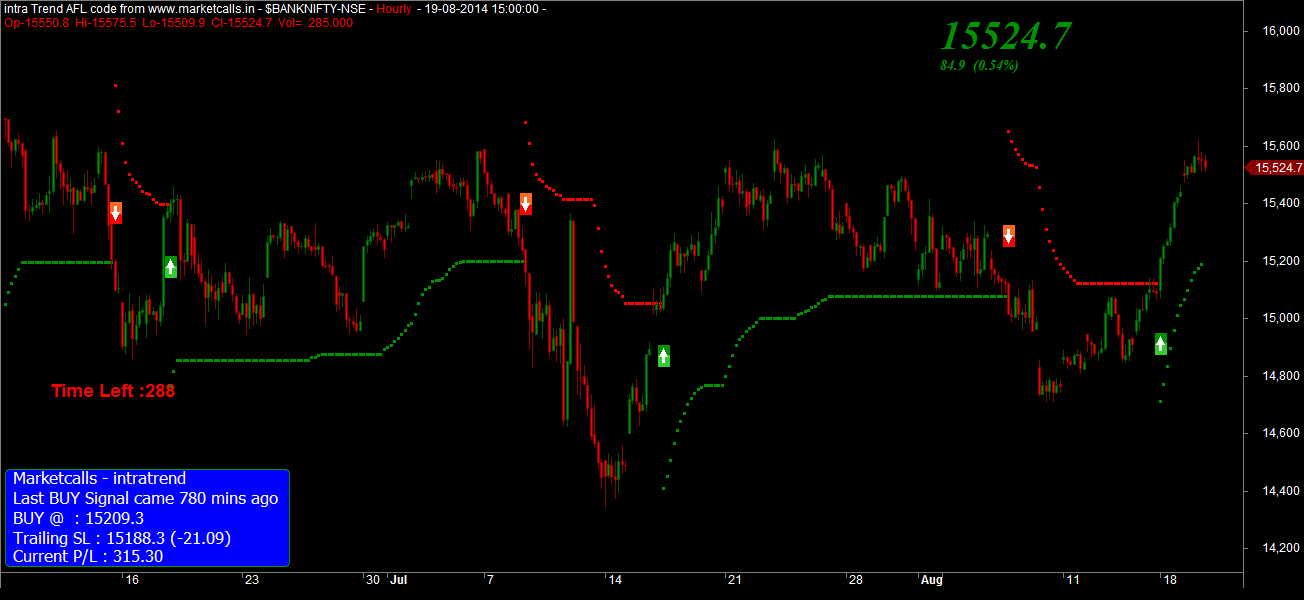

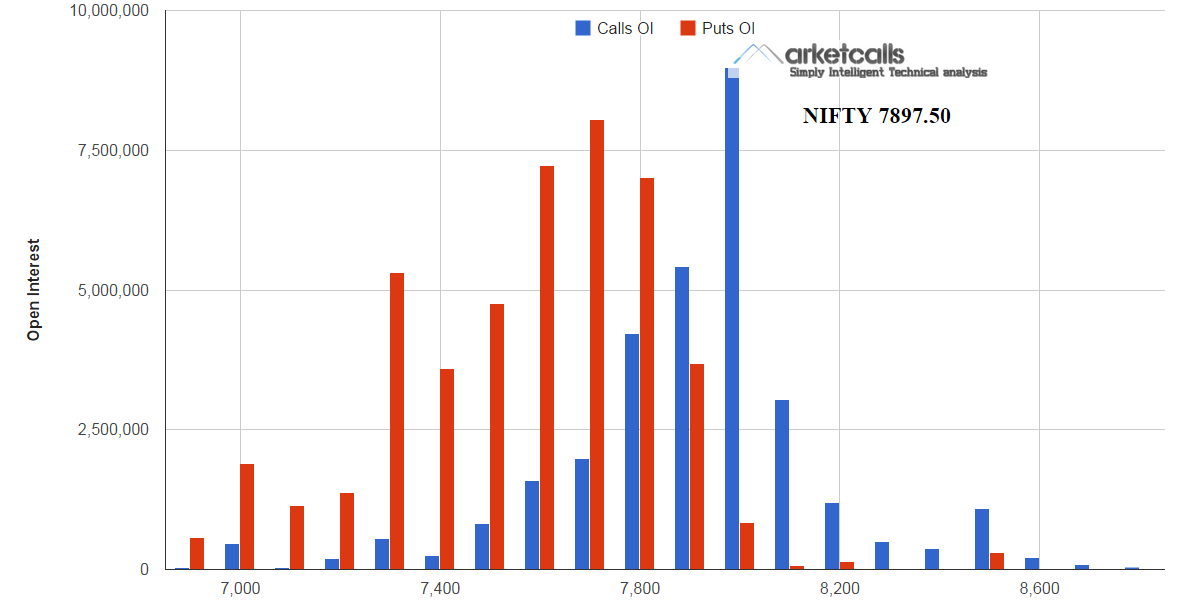
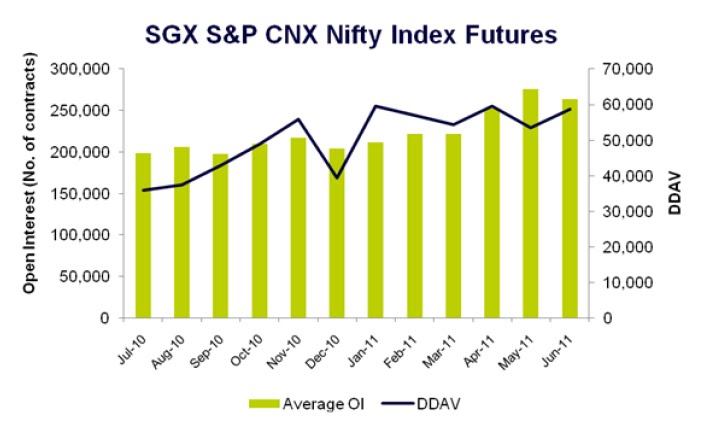
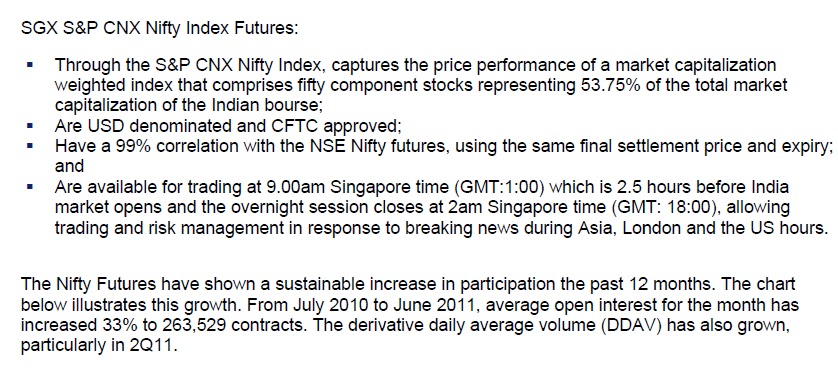
 The Reserve Bank of India was established on April 1, 1935 in accordance with the provisions of the Reserve Bank of India Act, 1934. The Central Office of the Reserve Bank was initially established in Calcutta but was permanently moved to Mumbai in 1937. The Central Office is where the Governor sits and where policies are formulated. Though originally privately owned, since nationalization in 1949, the Reserve Bank is fully owned by the Government of India.
The Reserve Bank of India was established on April 1, 1935 in accordance with the provisions of the Reserve Bank of India Act, 1934. The Central Office of the Reserve Bank was initially established in Calcutta but was permanently moved to Mumbai in 1937. The Central Office is where the Governor sits and where policies are formulated. Though originally privately owned, since nationalization in 1949, the Reserve Bank is fully owned by the Government of India.  Apart from RBI, SEBI also forms a major part under the financial body of India. This is a regulator associated with the security markets in Indian Territory. Established in the year 1988, the SEBI Act came into power in the year 1992, 12th April. The board comprises of a Chairman, Whole time members, Joint secretary, member appointed, Deputy Governor of RBI, secretary of corporate affair ministry and also part time member. There are three groups, which fall under this category, and those are the investors, the security issuers and market intermediaries.
Apart from RBI, SEBI also forms a major part under the financial body of India. This is a regulator associated with the security markets in Indian Territory. Established in the year 1988, the SEBI Act came into power in the year 1992, 12th April. The board comprises of a Chairman, Whole time members, Joint secretary, member appointed, Deputy Governor of RBI, secretary of corporate affair ministry and also part time member. There are three groups, which fall under this category, and those are the investors, the security issuers and market intermediaries. Pension Fund regulatory is a pension related authority, which was established in the year 2003 by the Indian Government. It is authorized by the Finance Ministry, and it helps in promoting income security of old age by regulating and also developing pension funds. On the other hand, this group can also help in protecting the interest rate of the subscribers, associated with the schemes of pension money along with the related matters. PFRDA is also responsible for the appointment of different other intermediate agencies like Pension fund managers, CRA, NPS Trustee Bank and more.
Pension Fund regulatory is a pension related authority, which was established in the year 2003 by the Indian Government. It is authorized by the Finance Ministry, and it helps in promoting income security of old age by regulating and also developing pension funds. On the other hand, this group can also help in protecting the interest rate of the subscribers, associated with the schemes of pension money along with the related matters. PFRDA is also responsible for the appointment of different other intermediate agencies like Pension fund managers, CRA, NPS Trustee Bank and more.  Other than the financial bodies mentioned above, FMC also plays a major role. It is the chief regulator of the commodity(MCX, NCDEX, NMCE, UCX etc) of the Indian futures market. As per the latest news feed, it has regulated the amount of Rs. 17 trillion, under the commodity trades. Headquarter is located in Mumbai, and the financial regulatory agency is working in collaboration with the Finance Ministry. The chairman of FMC works together with the Members of the same organization to meet the required ends. The main aim of this body is to advise the Central Government on matters of the Forwards Contracts Act, 1952.
Other than the financial bodies mentioned above, FMC also plays a major role. It is the chief regulator of the commodity(MCX, NCDEX, NMCE, UCX etc) of the Indian futures market. As per the latest news feed, it has regulated the amount of Rs. 17 trillion, under the commodity trades. Headquarter is located in Mumbai, and the financial regulatory agency is working in collaboration with the Finance Ministry. The chairman of FMC works together with the Members of the same organization to meet the required ends. The main aim of this body is to advise the Central Government on matters of the Forwards Contracts Act, 1952.  Lastly, it is better to mention the name of IRDA or insurance regulatory and Development authority, as a major part of the financial body. This company is going to regulate the apex statutory body, which will regulate and at the same time, develop the insurance industry. It comprised of the Indian Parliamentary act and was passed duly by the Indian Government. Headquarter of this group is in Hyderabad, and it was shifted from Delhi to Hyderabad. These are some of the best-possible points, which you can try and focus at, while dealing with financial bodies of India.
Lastly, it is better to mention the name of IRDA or insurance regulatory and Development authority, as a major part of the financial body. This company is going to regulate the apex statutory body, which will regulate and at the same time, develop the insurance industry. It comprised of the Indian Parliamentary act and was passed duly by the Indian Government. Headquarter of this group is in Hyderabad, and it was shifted from Delhi to Hyderabad. These are some of the best-possible points, which you can try and focus at, while dealing with financial bodies of India.



